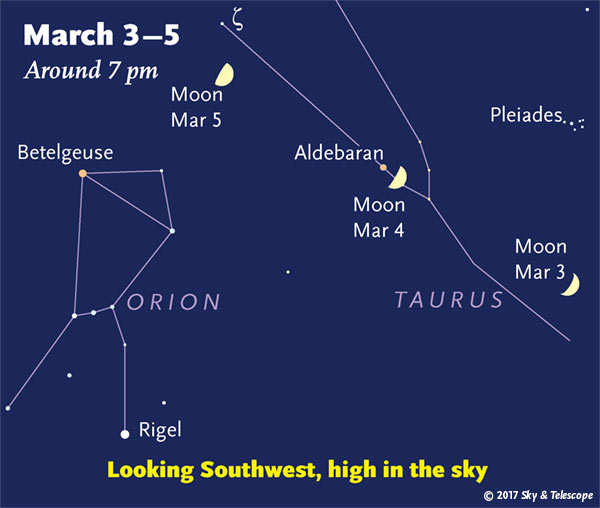
Friday, March 3
• The Moon hangs below Aldebaran, the Hyades, and the Pleiades in the west this evening. But get ready for tomorrow night, when. . . .
Saturday, March 4
• The dark limb of the first-quarter Moon occults (crosses over) orange Aldebaran for viewers in most of the contiguous United States, Mexico, and Central America. We're calling this the best lunar occultation of 2017. See the March Sky & Telescope, page 48, or Aldebaran's Disappearing Act online. Several fainter Hyades stars will also be occulted. Get world maps and local predictions (the UT dates are March 4th and 5th).
In addition, the International Occultation Timing Association has set up a special web page for the Aldebaran graze. It features interactive Google Maps of the occultation's northern limit (graze line) from Rhode Island and Connecticut across upstate New York, the Great Lakes, and along the U.S.-Canada border to the Pacific. (For street-level precision of the graze line, choose the map for your elevation above sea level and follow the adjustment instructions.)
Sunday, March 5
• Now the Moon shines over Orion as the stars come out.
Monday, March 6
• It's early March. So quite soon after dark now, the Big Dipper rises as high in the northeast as Cassiopeia has descended to in the northwest. Midway between them, as always, is Polaris.
Tuesday, March 7
• At nightfall, look below the Moon for Procyon and above the Moon for fainter Pollux and Castor.
Wednesday, March 8
• Bright Sirius now stands due south on the meridian just as twilight fades away into night. Sirius is the bottom star of the equilateral Winter Triangle. The other two stars of the Tiangle are orange Betelgeuse to Sirius's upper right (Orion's shoulder) and Procyon to Sirius's upper left. The waxing gibbous Moon shines higher to the Triangle's upper left.
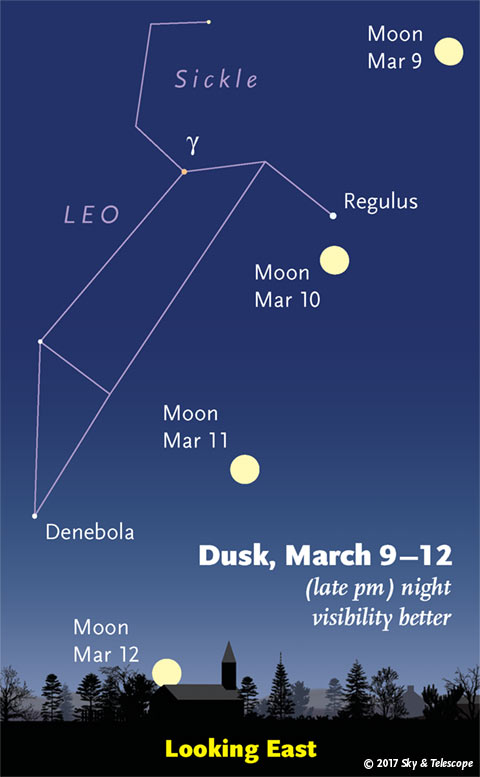
Thursday, March 9
• The waxing gibbous Moon this evening shines to the right of the Sickle of Leo, as shown here.
Friday, March 10
• The bright Moon hangs a few degrees below or lower left of Regulus this evening. The Sickle of Leo extends upper left from Regulus.
• Late tonight comes the second-brightest asteroid occultation predicted this year for North America. A 6.3-magnitude star in Leo’s snout, just in front of the Sickle, should snap out of sight for up to 3 seconds for observers along a narrow track running from the Georgia coast to just north of San Francisco. The culprit is the 15th-magnitude asteroid 1343 Nicole, only about 26 km (16 miles) in diameter.
Leo will be very high in the southwest or south. For times, detailed maps, a finder chart for the star (easily spotted less than 1° northeast of Lambda Leonis), and other information, see Steve Preston's prediction page for this event.
Saturday, March 11
• The Big Dipper glitters high in the northeast these evenings, standing on its handle. You probably know that the two stars forming the front of the Dipper's bowl (currently on top) are the Pointers; they point to Polaris, currently to their left.
And, you may know that if you follow the curve of the Dipper's handle out and around by a little more than a Dipper length, you'll arc to Arcturus, now rising in the east.
But did you know that if you follow the Pointers backward the opposite way, you'll land in Leo?
Draw a line diagonally across the Dipper's bowl from where the handle is attached, continue far on, and you'll go to Gemini.
And look at the two stars forming the open top of the Dipper's bowl. Follow this line past the bowl's lip far across the sky, and you crash into Capella.
• Daylight-saving time begins at 2 a.m. Sunday morning for most of North America. Clocks spring ahead.
_________________________
Want to become a better astronomer? Learn your way around the constellations! They're the key to locating everything fainter and deeper to hunt with binoculars or a telescope.
This is an outdoor nature hobby. For an easy-to-use constellation guide covering the whole evening sky, use the big monthly map in the center of each issue of Sky & Telescope, the essential guide to astronomy.
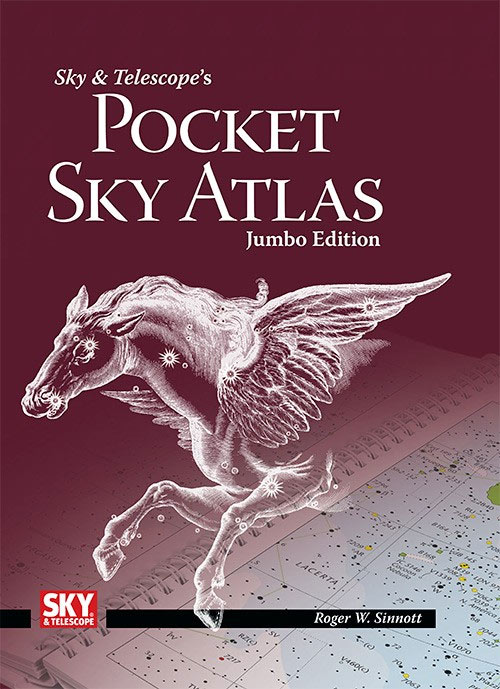
Once you get a telescope, to put it to good use you'll need a detailed, large-scale sky atlas (set of charts). The basic standard is the Pocket Sky Atlas (in either the original or Jumbo Edition), which shows stars to magnitude 7.6.
Next up is the larger and deeper Sky Atlas 2000.0, plotting stars to magnitude 8.5; nearly three times as many. The next up, once you know your way around, is the even larger Uranometria 2000.0 (stars to magnitude 9.75). And read how to use sky charts with a telescope.
You'll also want a good deep-sky guidebook, such as Sue French's Deep-Sky Wonders collection (which includes its own charts), Sky Atlas 2000.0 Companion by Strong and Sinnott, or the bigger Night Sky Observer's Guide by Kepple and Sanner.
Can a computerized telescope replace charts? Not for beginners, I don't think, and not on mounts and tripods that are less than top-quality mechanically (meaning heavy and expensive). And as Terence Dickinson and Alan Dyer say in their Backyard Astronomer's Guide, "A full appreciation of the universe cannot come without developing the skills to find things in the sky and understanding how the sky works. This knowledge comes only by spending time under the stars with star maps in hand."
This Week's Planet Roundup
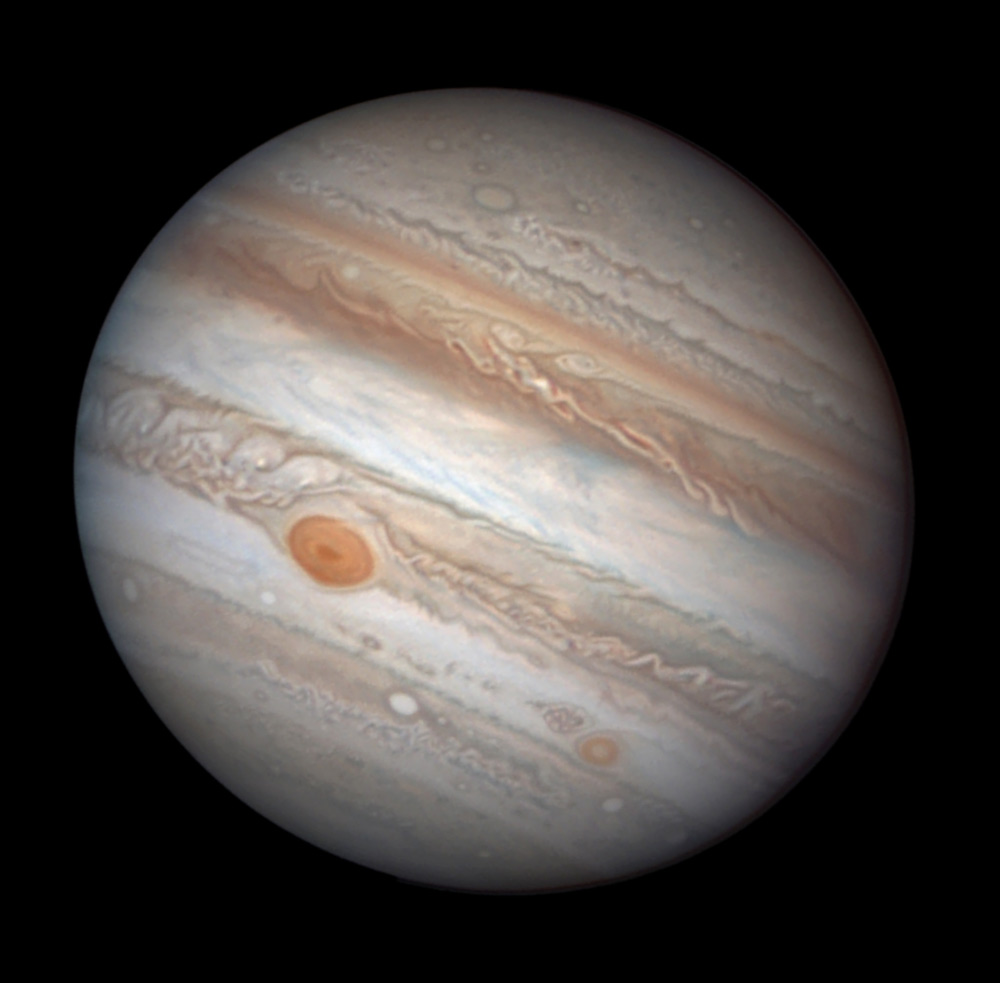
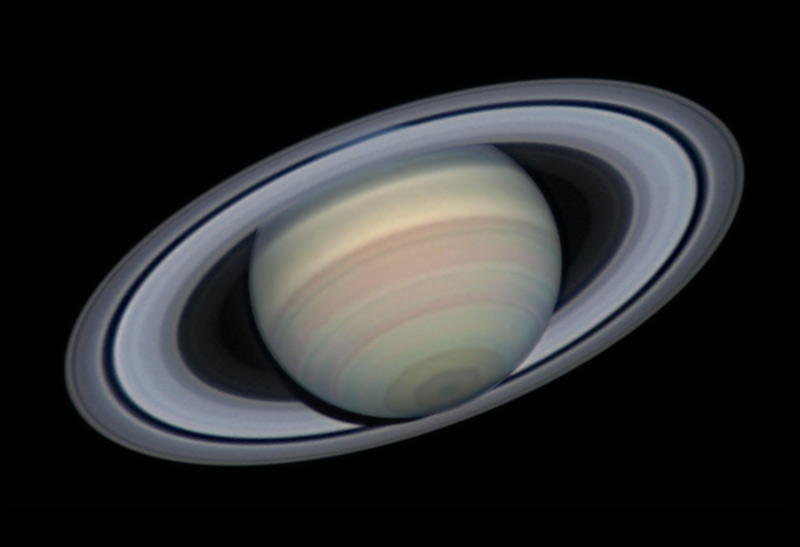
Venus (magnitude –4.5, in Pisces) shines in the west during twilight but sets increasingly soon after dark. It's dropping rapidly day by day; its distance from much-fainter Mars, to its upper left, increases this week from 14° to 20°. And Mars itself is sinking too, more slowly.
In a telescope Venus is a striking crescent, thinning and enlarging. It's now a big 50 arcseconds from cusp to cusp and only about 10% sunlit. Get your scope on it before sunset if you can. Can you detect any sign of cusp extensions? See the March Sky & Telescope, page 52.
Venus will continue to sink, expand, and wane in phase until inferior conjunction on March 25th (a full 8° north of the Sun!).
Mars (magnitude +1.4, moving from Pisces into Aries) is the faint orange "star" well to the upper left of Venus, by 14° to 20° this week. In a telescope Mars is just a tiny fuzzblob 4.5 arcseconds across.
Mars is traveling eastward against the stars almost as fast as the seasonal turning of the sky carries the stars westward above your local landscape (as seen at the same time each evening). So, Mars will continue to hang around all the way into May, long after Venus dives through conjunction.
Jupiter (magnitude –2.4, in Virgo) rises around 9 p.m. standard time and shines fairly high in the east by 11 or midnight. Spica dangles 4° lower right of it after they rise, more directly below it in the early-morning hours, and lower left of it in early dawn. By then they've moved over to the southwest.
In a telescope Jupiter is now 43 arcseconds across its equator, essentially as big as the 44 arcseconds it will attain in the weeks around its April 7th opposition.
Saturn (magnitude +0.5, at the Ophiuchus-Sagittarius border) rises in the early morning hours. It glows well up in the south-southeast before and during dawn. Redder Antares (magnitude +1.0) twinkles 18° to Saturn's right.
Uranus (magnitude 5.9, in Pisces) is in the west at nightfall between Mars and Venus. Finder chart showing Uranus among its background stars (without Mars or Venus).
Neptune is hidden behind the glare of the Sun.
__________________________
All descriptions that relate to your horizon — including the words up, down, right, and left — are written for the world's mid-northern latitudes. Descriptions that also depend on longitude (mainly Moon positions) are for North America.
Eastern Standard Time (EST) is Universal Time (UT, UTC, or GMT) minus 5 hours. Eastern Daylight Time (EDT) is UT minus 4 hours.
__________________________
"This adventure is made possible by generations of searchers strictly adhering to a simple set of rules. Test ideas by experiments and observations. Build on those ideas that pass the test. Reject the ones that fail. Follow the evidence wherever it leads, and question everything. Accept these terms, and the cosmos is yours."
— Neil deGrasse Tyson, 2014
"Objective reality exists. Facts are often determinable. Science and reason are no political conspiracy; they are how we discover objective reality. Civilization's survival depends on our ability, and willingness, to do so."
— Alan MacRobert, your Sky at a Glance editor
"Facts are stubborn things."
— John Adams, 1770
Stand against falsehoods, denialism, and suppression of research. March For Science on April 22nd, to “champion publicly funded and publicly communicated science as a pillar of human freedom and prosperity.”
 0
0








Comments
You must be logged in to post a comment.